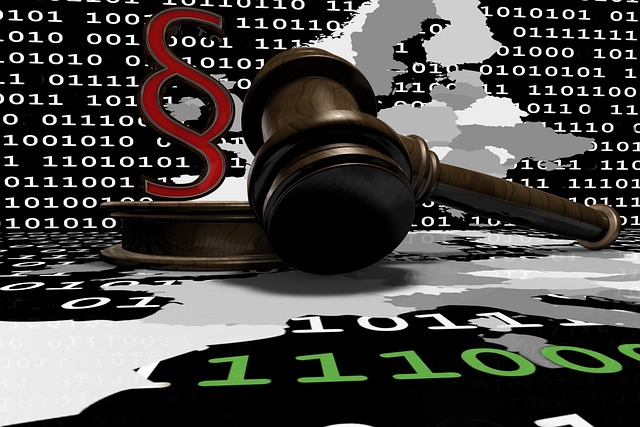
The Rise of Cybersecurity Analysts: Navigating Technology Etiquette and Social Trends
The digital landscape is evolving at lightning speed, and within this realm, the role of cybersecurity analysts has emerged as a cornerstone of modern technology. With the proliferation of high-profile data breaches and cyber threats, the demand for skilled professionals who can navigate the complexities of cybersecurity has never been more crucial. However, this rise isn’t just about technical skills; it also involves a deep understanding of technology etiquette and the ability to adapt to shifting social trends.
Technology etiquette is an often-overlooked aspect of the cybersecurity profession. An effective cybersecurity analyst doesn’t just possess the technical prowess to identify vulnerabilities but also approaches communication with a sense of responsibility and professionalism. As they interact with other departments or clients, understanding the nuances of how to communicate technical jargon in simpler terms becomes vital. This balance between technical knowledge and interpersonal skills fosters an environment of trust, making it easier for organizations to adopt security measures without resistance.
As remote work and digital collaboration become the norm, the social trends surrounding cybersecurity are shifting as well. Organizations are leaning significantly towards incorporating cybersecurity practices into the cultural fabric of their operations. With employees increasingly working from home, cybersecurity analysts are not just responsible for protecting sensitive information from external threats but are also tasked with educating employees on best practices. This includes cultivating a culture where cybersecurity is a shared responsibility, encouraging every individual to adopt safe practices.
Moreover, the rise of social media and online interactions has introduced new risks, leading to potential vulnerabilities. Cybersecurity analysts must stay ahead of these trends, recognizing how individuals interact with technology and how it can be exploited. The rise of phishing attacks, social engineering, and other cyber threats means that analysts need to be vigilant, proactive, and informed about current social behaviors and online trends. This proactive approach not only safeguards the organization but also empowers users to recognize and report suspicious activities, creating a community of mutual support against cyber threats.
The growth of the cybersecurity field also raises important discussions about accessibility and inclusion. As technology becomes more integral to everyday life, cybersecurity can no longer remain an insular field. Cybersecurity analysts are finding themselves in positions where they must advocate for inclusivity in technology. This involves promoting diverse teams that reflect the demographics of users and understanding different perspectives on technology usage and safety. By addressing these social trends, the industry can move towards a more holistic approach to security.
In summary, the journey of a cybersecurity analyst extends beyond mere technical expertise. In today’s interconnected world, they are not just defenders of data but also educators and advocates for best practices in technology etiquette. As they navigate social trends, these professionals will continue to shape the landscape of cybersecurity, ensuring that it evolves alongside the technology it aims to protect.



